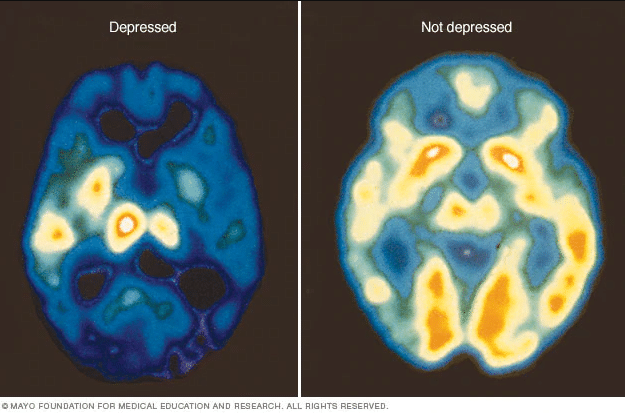Transcranial Magnetic Stimulation (TMS)
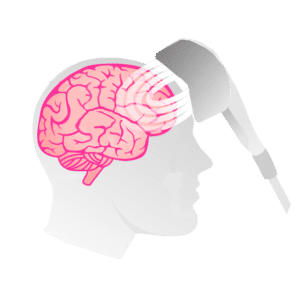
What is TMS?
TMS is a treatment approved by the FDA for depression. TMS uses magnetic fields to stimulate brain areas. TMS is an effective treatment for depression, anxiety, and obsessive-compulsive disorder. Research also shows that TMS is effective in treating other mental health disorders.
- FDA Approved
- No Medications
- Non-invasive
- Little to no side effects
- Quick Response
- Office Based Treatment
- Covered by most insurances; self pay options
Clinical research has shown TMS provides effective results for Depression, Anxiety, Post Traumatic Stress Disorder (PTSD), Chronic Pain, Migraines, Addictions, and Bi-polar II disorder.
Now the only TMS clinic in El Paso to....
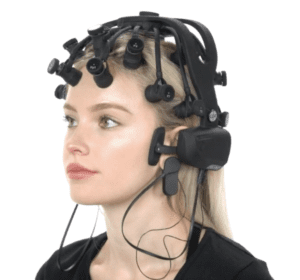
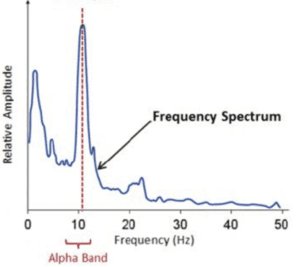
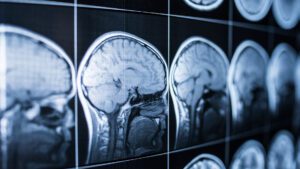
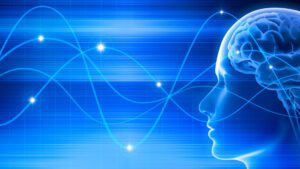
Use Neural Navigation to Locate Treatment Location.
We now use an advanced Neural Navigation system to accurately locate your specific treatment location. We can also import existing MRI data to get an exact location for your treatment location.
Use Electroencephalogram (EEG) for Personalized TMS Treatments
We now use EEG to personalize rTMS stimulation frequency to your brain's specific peak frequency.
TMS treatment for depression focuses on the brain area called the dorsal lateral prefrontal cortex (dlPFC). TMS "resets and grows" your brain network's connectivity and improves:
- Mood
- Depression
- Anxiety
- Energy
- Self-Control
- Concentration
- Focus
- Creativity

"Healing through Neuroplasticity"
TMS improves symptoms of depression and anxiety by reseting and growing the brain's neural pathways through a process called neuroplasticity.
Activation of these neural pathways increases the amount of neural activity and neurotransmitters, like dopamine or serotonin. The increased activity of neurons first reduces depression symptoms while neuroplasticity improves depression long term.
Learn More about TMS
Use the buttons below to learn more about Transcranial Magnetic Stimulation. The left button contains videos and resources which are great for individuals considering TMS treatment for depression, undergoing TMS, or having a loved one doing TMS. The right button contains a list of academic scholarly clinical research on TMS for different disorders.
What are our Patients Saying?




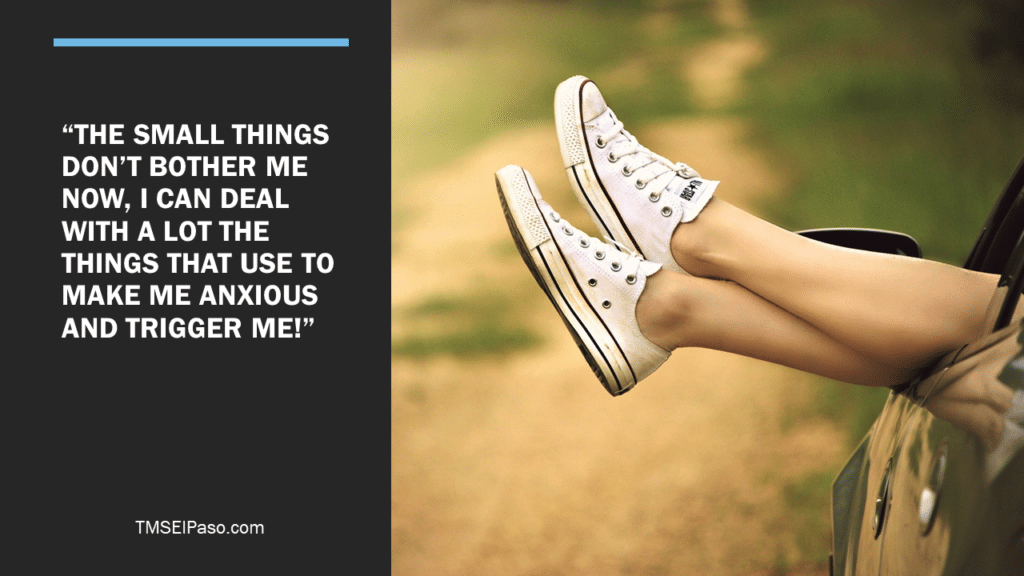
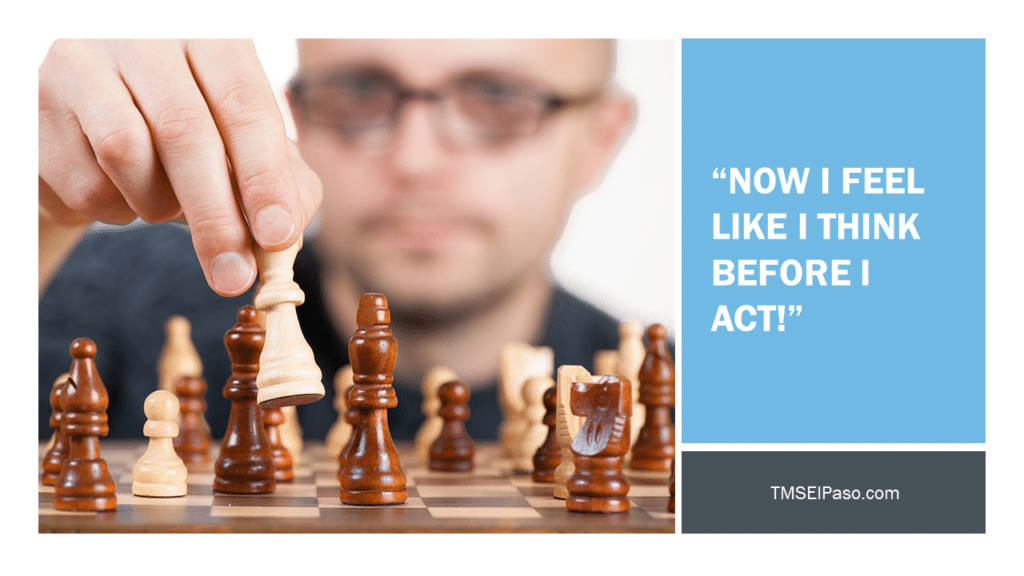

What should you Expect with TMS Treatments
Before receiving rTMS, you will require a Psychiatric evaluation to discuss your depression . This evaluation help make sure that rTMS is safe and a good option for you. Tell your doctor or mental health provider if: You’re pregnant or thinking of becoming pregnant. You have any metal or implanted medical devices in your body. (In some cases, people with metal implants or devices can have rTMS).
However, due to the strong magnetic field produced during rTMS, the procedure is not recommended for some people who have the following devices: Aneurysm clips or coils, Stents, Implanted stimulators, Implanted vagus nerve or deep brain stimulators, Electrodes for monitoring brain activity, Cochlear implants for hearing, Any magnetic implants, Bullet fragments, Any other metal device or object implanted in your head.
Tell your doctor or mental health provider if: You have a history of seizures or a family history of epilepsy. In some instances, we can offer TMS even if you have a history of epilepsy. Let us know if you have brain damage from illness or injury, such as a brain tumor, a stroke or a traumatic brain injury, frequent or severe headaches, or any other medical conditions. Also, inform us if you’ve had prior treatment with rTMS, and whether it was helpful in treating your depression.
During the first session of TMS treatment, the doctor will take several measurements to help pinpoint the location of the dorsolateral prefrontal cortex. Once the DLPFC has been located, the next step is to calculate the patent’s Motor Threshold. This is the amount energy required to illicit a motor response. Once the Motor Threshold has been calculated, the operator can then determine the appropriate level of stimulation for the patient. After this, the first session of stimulation will take place.
After the first TMS Treatment Session, most subsequent sessions will be handled by a skilled and certified TMS Technician. The Technician will conduct the session just as the doctor had done during the first session.
How does TMS Work?
The dorsolateral prefrontal cortex is usually the area that’s stimulated in TMS. It’s the part where sensory information comes in and gets processed. The TMS coil is placed against the person’s head and when the TMS machine is turned on, that magnetic field goes through the skin, scalp, and skull and interacts with the prefrontal cortex. When it does, a current develops in the brain. That current allows, creates or causes nerve cells to fire. You could look at it the other way around, that nerve cells fire because of the magnetic field and that creates a current. It actually changes in currents. So the part of the brain that you hold it up to has a big impact on how it works because conditions may need different locations of stimulation. This helps with depression and anxiety by activating these neural networks. If you need to help a friend or family member with depression TMS may be a great option.
Cloud TMS Demonstration
Frequently Asked Questions (FAQS)
TMS in El Paso for Depression and Anxiety
Patients are asked to abstain from alcohol during the course of their TMS treatment.
TMS stands for transcranial magnetic stimulation. It is used to treat depression by stimulating the brain non-invasively using electromagnetic fields, similar to those produced by an MRI machine. During TMS Therapy, a magnetic field is administered in very short pulses to the part of the brain that research has demonstrated to be associated with depression. The typical initial course of treatment is 19 minutes daily over 8 weeks.
The mechanism of action of TMS is still not fully understood however the response to therapy is indisputable and has consistently demonstrated results in the majority of research being done in the field. The TMS electromagnetic pulse is generated by electrical current running through the TMS coil which by method of induction (Faraday’s law) generates a magnetic field perpendicular to the coil. This magnetic field passes through the skull unimpeded and in turn generates a corresponding electric field in the brain also by method of induction. This electric field is conducted by neural pathways under the coil in a somewhat unpredicable way as brain tissue is not uniform and anatomy varies from indivual to individual. Neurons are conductive just like the rest of the nerve fibers in your body. Depending on the protocol used and frequency of TMS pulse entire regions of neurons under the coil can either become excited or inhibited. In Depression, neurons in the left DLPFC (Dorsolateral prefrontal cortex) are targeted by the coil with an excitatory protocol (FDA cleared). Subtle changes in brain state as a result of TMS can last up to several hours and even days after a TMS session has been performed. If done repetitively over a 3-6 week period TMS induces structural changes in the brain where the coil has been placed. Increased gray matter density and blood flow to the part of the brain stimulated have all been clearly demonstrated in research using MRI brain scans.
Not everyone responds to TMS therapy for Depression but most people will. Many clinicians see a 70% – 80% response rate in their patient population. At least half of these responders will achieve full remission. In the literature TMS response rates when treating Depression have been shown to be at least as effective as medications used to treat Depression. And of course without all the side effects that medications bring.
Many patients say they can still feel benefit from TMS therapy years after their first round of TMS treatment. The effect appears to be quite durable especially in people who respond well to treatment. In some cases patients will go back for a few TMS maintenance sessions 3-6 months after their initial treatment.
Painful no. Uncomfortable? It depends on the individual. In the great majority of patients TMS is well tolerated with only minor discomfort on the scalp where TMS is applied. Most people describe TMS as a light to moderate tapping sensation where the coil is being applied. The sensation of the pulse may feel similar to a TENS unit.
The reason for this is that there are several nerves in the scalp where TMS is being applied. Naturally some of these nerves will also be lightly stimulated by the TMS coil as they are also conductive and will pick up the pulse. This is the part of the TMS that you can feel. You cannot feel TMS in your brain, as the brain has no pain receptors itself.
And even though stimulation of the scalp nerves may cause some discomfortat at first, this too subsides as the patient progresses through treatment.
Most patients start experiencing relief after 5-10 sessions but this can vary greatly depending on the severity of Depression and the individual’s unique genetic makeup. Some may not feel the effects of TMS until as many as 40 sessions while some may feel the effect almost immediately after their first.
The most commonly reported side effects during clinical trials were headache and scalp discomfort. These potential side effects were typically mild to moderate, and were less common after the first week of treatment. During clinical trials, less than 5% of patients treated with TMS discontinued treatment due to side effects. If necessary, headaches from TMS can be treated with over-the-counter pain medications. If the side effects persist, the strength of the TMS pulses can be temporarily reduced to ensure the comfort of the patient.
Yes, patients are able to resume normal activities after the treatment.

